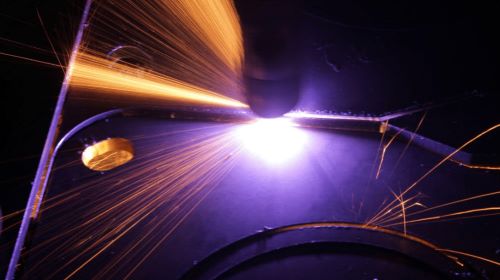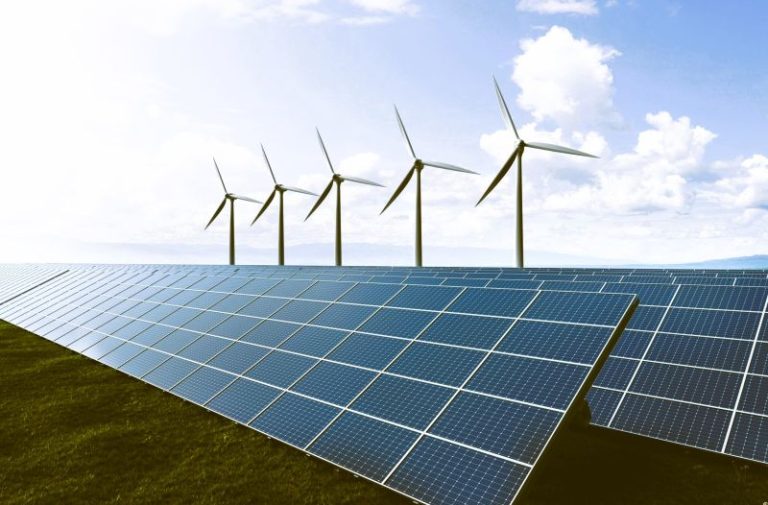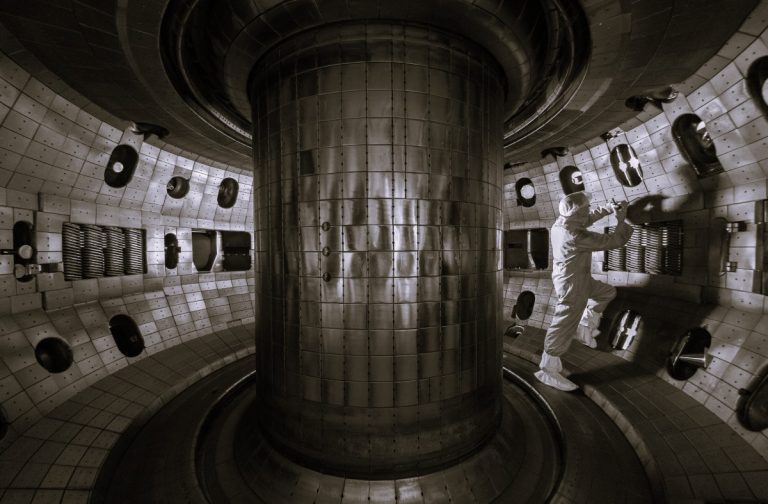

When I think about what’s driving the future of clean energy, my mind always circles back to the tech that’s quietly making everything possible. Solar panels, wind farms, batteries, hydrogen cells—they grab the headlines. But beneath all that shine? There’s something far less flashy but no less critical: laser welding.
Yeah, I know—welding doesn’t exactly sound exciting. But hear me out. Laser welders, especially the handheld ones, are changing the game in how we build and maintain renewable energy systems. These tools are all about precision, reliability, and speed—and they’re doing a heck of a job behind the scenes, helping us create energy systems that last longer, work better, and waste less. Brands like Denaliweld are leading the charge with cutting-edge laser technology that’s powering this shift. Let’s take a look at how these mighty machines are helping shape a more sustainable future, one clean weld at a time.
How Laser Welders Are Used in Renewable Energy Industries
Laser welders have become real workhorses in renewable energy—quietly doing the heavy lifting in everything from manufacturing to maintenance.
Solar Panel Manufacturing
Let’s start with solar panels. They’re made up of rows of delicate solar cells, and each one needs to be joined just right. That’s where the laser welder steps in. They make clean, strong connections with barely any heat spillover—so no damage to nearby cells. The result? Panels that are more efficient and stick around longer before needing a repair or replacement.
Wind Turbine Construction
Then there are wind turbines. These beasts deal with brutal winds, rain, snow—you name it. The welds that hold them together have to be tough. Laser welding delivers high-strength joints with pinpoint accuracy, which helps the turbines run smoothly even in the worst weather. Plus, the cleaner welds help cut down on extra material, making turbines lighter and more efficient.
Hand Held Laser Welder Applications
Now here’s where things get especially cool: hand held laser welder. These aren’t just for the factory floor. You can take them into the field—like out to a wind farm or solar site—and make precise, clean repairs on the spot. No dragging equipment back to the shop, no long delays. Just fix it and get back to business. For anyone in maintenance, that kind of flexibility is gold.
Battery Manufacturing
When it comes to energy storage, laser welding plays a big role in battery production, especially those for electric vehicles and large-scale storage systems. Each battery has tons of tiny connections that need to be solid and stable. Laser welders handle those with ease, helping make batteries that perform better and last longer.
Hydrogen Fuel Cell Technology
As hydrogen starts gaining traction as a clean energy source, fuel cells are coming into focus—and yep, laser welders are involved here too. They’re used to make tight, leak-proof seals in components that need to handle high pressure and heat. It’s tricky work, but laser welders are more than up to the challenge.
Introduction
Laser welding might not get much fanfare, but it’s quietly becoming a cornerstone of renewable energy tech. It boosts efficiency, cuts down on waste, and makes everything just a little more durable, which, in this industry, makes a big difference.
Think about solar panels. With a laser welder, the cells get joined with precise, heat-controlled welds that reduce energy loss and extend their usable life. Or wind turbines—every bolt and beam is held together with welds that need to take a beating from nature and keep going. Laser welding ensures they can do just that.
And it’s not just about big machines in clean factories. Hand held laser welders are showing up on work sites everywhere, making maintenance faster and more cost-effective. In battery and hydrogen cell production, laser welders create clean, reliable connections that power everything from your EV to a backup grid.
Bottom line? Whether it’s assembly or upkeep, laser welding is showing up at just about every turn in the renewable energy journey.
Applications in Renewable Energy Sectors
Laser welding isn’t just useful—it’s essential across several clean energy sectors. Let’s break it down a bit more.
Solar Energy
Solar panels are delicate systems, and small flaws during manufacturing can cause big issues later on. Laser welder help prevent that by creating consistent, super-precise connections between cells. Better connections mean better conductivity—and that means the panels pull in more power, last longer, and need fewer repairs.
Wind Energy
Wind turbines are exposed to… well, a lot. They’re basically weather warriors. Laser welders create strong joints that can hold up to wind, salt spray, snow, vibration—you name it. And because the welds are so accurate, there’s less excess material, which can reduce the overall weight and improve efficiency.
Battery Manufacturing and Energy Storage
In battery manufacturing, consistency is everything. If one weld fails, the whole battery can underperform—or worse, fail completely. Laser welder ensure each connection between cells is tight, clean, and reliable. And if something does go wrong out in the field? That’s where a hand held laser welder shines—quick fix, minimal downtime.
Hydrogen Fuel Cells
Hydrogen’s got a lot of potential, but it also brings high pressure and high heat. That means every seal needs to be airtight and strong. Laser welders are perfect for that. Their precision helps build fuel cells that can operate safely and efficiently under some pretty intense conditions.
Advantages of Laser Welding in Renewable Energy Manufacturing
So what exactly makes laser welding such a great fit for the renewable world? A few key things:
- Precision: These welders don’t miss. They create super-accurate joints in even the tiniest components, which helps keep systems running smoothly.
- Speed: Laser welding is fast, faster than traditional methods. That means quicker production and quicker repairs.
- Minimal Heat Affected Zone: Traditional welding spreads heat to surrounding areas. Laser welder? Not so much. That focused heat keeps delicate materials safe.
- Versatility: A hand held laser welder can go just about anywhere. On-site fixes, last-minute adjustments, hard-to-reach spots—you name it.
- Strong Joints: The welds are solid, plain, and simple. They hold up under pressure, vibration, temperature swings—you get the idea.
- Energy Efficiency: Ironically enough, laser welders are energy-efficient themselves. They use less power than older welding methods, making them a natural fit for an industry focused on sustainability.
- Clean Process: No splatter, minimal waste, fewer harmful fumes. It’s a cleaner process all around, which is exactly what renewable energy stands for.
By integrating laser welding into production and maintenance, renewable energy companies are getting higher quality, less waste, and stronger performance from their systems.
Conclusion
At the end of the day, laser welding might not be the flashiest piece of clean energy tech, but it’s one of the most important. It’s doing the quiet work of holding everything together, ensuring that our solar panels, wind turbines, batteries, and hydrogen systems can stand the test of time.
And with tools like the hand held laser welder adding flexibility and speed to the mix, it’s easier than ever to build and maintain the systems that are powering our clean energy future. There’s still a long road ahead. But with smart, reliable tech like laser welding leading the way? I’d say we’re in pretty good shape.Yeah, I know—welding doesn’t exactly sound exciting. But hear me out. Laser welders, especially the handheld ones, are changing the game in how we build and maintain renewable energy systems. These tools are all about precision, reliability, and speed—and they’re doing a heck of a job behind the scenes, helping us create energy systems that last longer, work better, and waste less. Brands like Denaliweld are leading the charge with cutting-edge laser technology that’s powering this shift. Let’s take a look at how these mighty machines are helping shape a more sustainable future, one clean weld at a time.


